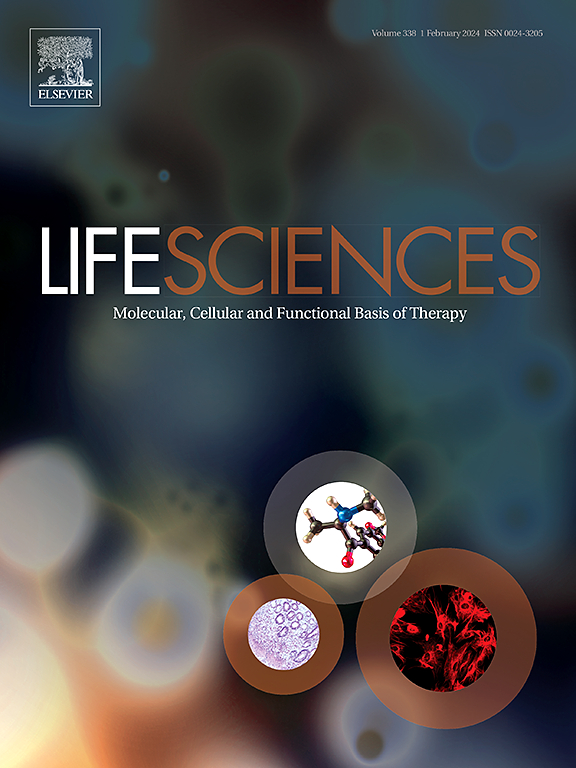Intercellular communication via exosomes: A new paradigm in the pathophysiology of neurodegenerative disorders
IF 5.2
2区 医学
Q1 MEDICINE, RESEARCH & EXPERIMENTAL
引用次数: 0
Abstract
Neurodegenerative disorders are one of the leading causes of death and disability and pose a great economic burden on healthcare systems. Generally, these neurodegenerative disorders have a progressive deterioration in neural function and structure, and deposition of misfolded proteins commonly occurs, such as amyloid-β in AD and α-synuclein in PD. However, there exists a special class of exosomes, which acts like a transmitter and enhances communication between cells. The present review discusses the significant role of exosomes in neurodegenerative diseases, with a focus on Amyotrophic lateral Sclerosis (ALS), AD, PD, and Huntington's disease (HD). In this review, the biogenesis of exosomes is discussed from multivesicular bodies and onwards to their release into the extracellular environment. The present review focuses on recent data concerning the possible use of modified exosomes as ND therapy. Indeed, future work is needed to explain the processes driving exosome biogenesis and cargo selection, while opening new routes by the use of exosome-based therapeutics in neurodegenerative disease diagnosis and treatment.

求助全文
约1分钟内获得全文
求助全文
来源期刊

Life sciences
医学-药学
CiteScore
12.20
自引率
1.60%
发文量
841
审稿时长
6 months
期刊介绍:
Life Sciences is an international journal publishing articles that emphasize the molecular, cellular, and functional basis of therapy. The journal emphasizes the understanding of mechanism that is relevant to all aspects of human disease and translation to patients. All articles are rigorously reviewed.
The Journal favors publication of full-length papers where modern scientific technologies are used to explain molecular, cellular and physiological mechanisms. Articles that merely report observations are rarely accepted. Recommendations from the Declaration of Helsinki or NIH guidelines for care and use of laboratory animals must be adhered to. Articles should be written at a level accessible to readers who are non-specialists in the topic of the article themselves, but who are interested in the research. The Journal welcomes reviews on topics of wide interest to investigators in the life sciences. We particularly encourage submission of brief, focused reviews containing high-quality artwork and require the use of mechanistic summary diagrams.
 求助内容:
求助内容: 应助结果提醒方式:
应助结果提醒方式:


